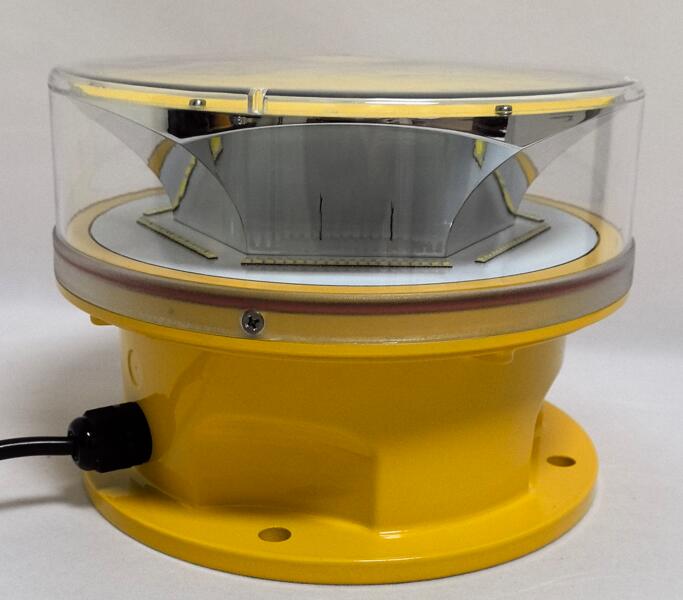Illuminating the Skies: The Essential Role of LED Aviation Lights in Modern Air Travel
The aviation industry relies on advanced lighting systems to ensure safety, efficiency, and visibility in all flight operations. Among these, LED aviation lights have revolutionized airfield and aircraft illumination with their superior performance, durability, and energy efficiency. From runway edge lights to anti-collision beacons, LED aviation lights play a critical role in guiding pilots, preventing accidents, and enhancing operational reliability. This article explores their applications, benefits, and future advancements in aviation lighting.
Applications of LED Aviation Lights
1. Runway and Taxiway Lighting
Runways and taxiways require precise lighting to assist pilots during takeoff, landing, and ground navigation. LED aviation lights are widely used for:
Runway Edge Lights – Mark the boundaries of runways with high-intensity illumination.

Threshold Lights – Indicate the beginning and end of a runway.
Taxiway Lights – Guide aircraft safely to and from runways.
Unlike traditional incandescent lights, LED aviation lights offer brighter, more consistent visibility, reducing the risk of misalignment or runway incursions.
| led aviation light |
2. Obstruction and Hazard Lighting
Tall structures like communication towers, wind turbines, and buildings near airports must be marked to prevent collisions. LED aviation lights are used in:
Red Obstruction Lights – Warn pilots of stationary hazards.
White Strobe Lights – Enhance visibility in low-light conditions.
Their long lifespan and low maintenance make them ideal for remote or hard-to-access installations.
3. Aircraft Navigation and Anti-Collision Lights
Aircraft themselves depend on LED aviation lights for safe operation:
Position Lights – Red (left wing), green (right wing), and white (tail) lights help determine an aircraft’s direction.
| led aviation lights |
Anti-Collision Strobes – High-intensity flashing lights improve visibility to other pilots.
Landing and Taxi Lights – Provide illumination during ground movement and approach.
LED aviation lights are preferred for their lightweight design, reduced power consumption, and resistance to vibration—critical factors in aviation safety.
Advantages of LED Aviation Lights
1. Energy Efficiency and Cost Savings
LEDs consume significantly less power than halogen or incandescent bulbs, reducing operational costs for airports and airlines. Their efficiency also supports sustainability initiatives in aviation.
2. Longevity and Durability
With lifespans exceeding 50,000 hours, LED aviation lights require fewer replacements, minimizing maintenance downtime. They are also resistant to shock, extreme temperatures, and weather conditions.
3. Enhanced Visibility and Safety
LEDs provide instant illumination with high color rendering, ensuring clear visibility in fog, rain, or darkness. Their directional light output reduces glare, improving pilot focus.
4. Environmental Benefits
Free from hazardous materials like mercury, LED aviation lights are an eco-friendly alternative. Their low energy consumption also reduces carbon emissions.
Future Innovations in LED Aviation Lighting
The aviation industry continues to adopt smart lighting technologies, integrating LED aviation lights with automation and IoT (Internet of Things). Future trends include:
Adaptive Lighting Systems – Adjusting brightness based on weather and traffic conditions.
Solar-Powered LED Lights – Enhancing sustainability in remote airfields.
Wireless Monitoring – Remote diagnostics and predictive maintenance for lighting systems.
LED aviation lights have become indispensable in modern air travel, offering unmatched reliability, efficiency, and safety. As technology evolves, their role will expand further, supporting smarter and greener aviation infrastructure. From guiding aircraft on foggy runways to marking towering obstacles, these lights ensure that the skies remain safe for all. The future of aviation lighting is bright—powered by LED innovation.
